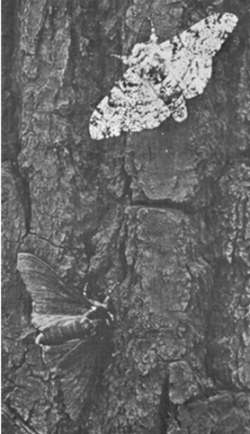 In this minds-on analysis and discussion activity, students interpret evidence concerning natural selection in the peppered moth.
In this minds-on analysis and discussion activity, students interpret evidence concerning natural selection in the peppered moth.
This evidence includes (1) the results of experiments that evaluated predation by birds on different color forms of the peppered moth in different environments, (2) the genetic basis for the different color forms, and (3) correlated changes in both the environment and the frequency of each color form in industrialized and rural regions in England and the US.
This activity will help students to consolidate a scientifically accurate understanding of the process of natural selection.
(This activity is very similar to the last section of the hands-on activity Evolution by Natural Selection.)

 © Serendip® 1994 - All rights reserved. Privacy Policy
© Serendip® 1994 - All rights reserved. Privacy Policy
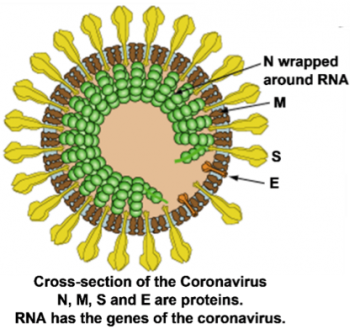
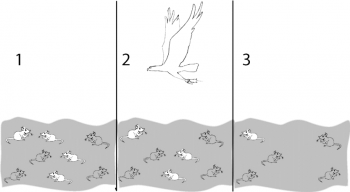
 In this minds-on analysis and discussion activity, students interpret evidence concerning natural selection in the peppered moth.
In this minds-on analysis and discussion activity, students interpret evidence concerning natural selection in the peppered moth.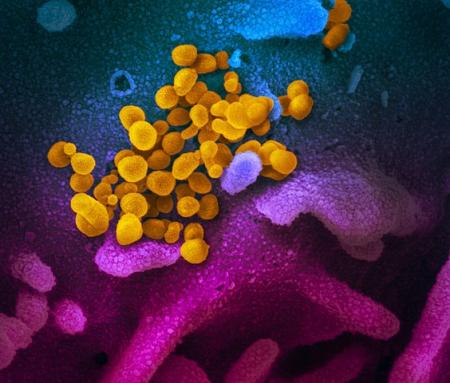 Our understanding of the novel coronavirus and the COVID-19 pandemic continues to change rapidly. The following resources for teaching high school biology students are up-to-date as of November 2022. Previously provided resources are available at (
Our understanding of the novel coronavirus and the COVID-19 pandemic continues to change rapidly. The following resources for teaching high school biology students are up-to-date as of November 2022. Previously provided resources are available at (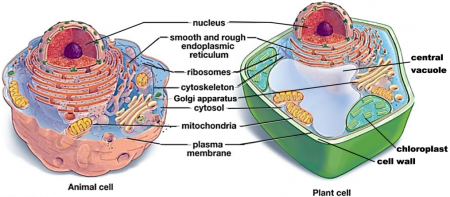
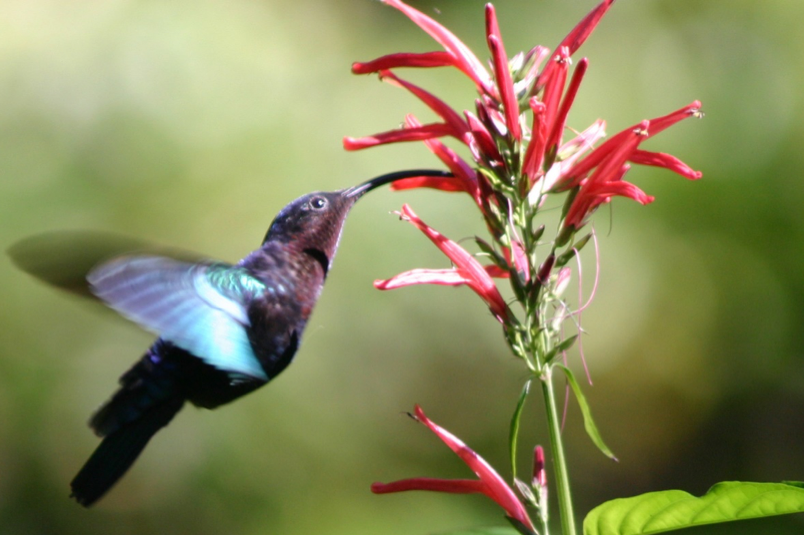 Biology is the scientific study of living things.
Biology is the scientific study of living things. flow through ecosystems, the carbon cycle, trophic pyramids, exponential and logistic population growth, species interactions in biological communities, succession, and effects of human activities on ecosystems. This overview also recommends introductory ecology readings.
flow through ecosystems, the carbon cycle, trophic pyramids, exponential and logistic population growth, species interactions in biological communities, succession, and effects of human activities on ecosystems. This overview also recommends introductory ecology readings. 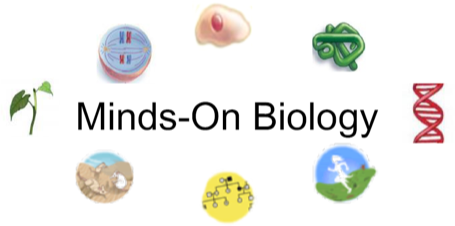
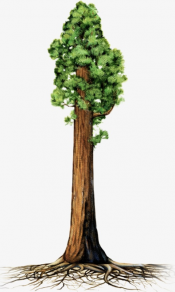
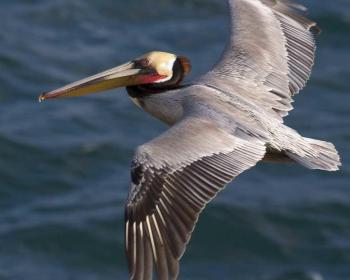 This activity uses the example of a flock of pelicans in flight to illustrate how analysis at multiple levels of organization enhances our understanding of a biological phenomenon.
This activity uses the example of a flock of pelicans in flight to illustrate how analysis at multiple levels of organization enhances our understanding of a biological phenomenon.